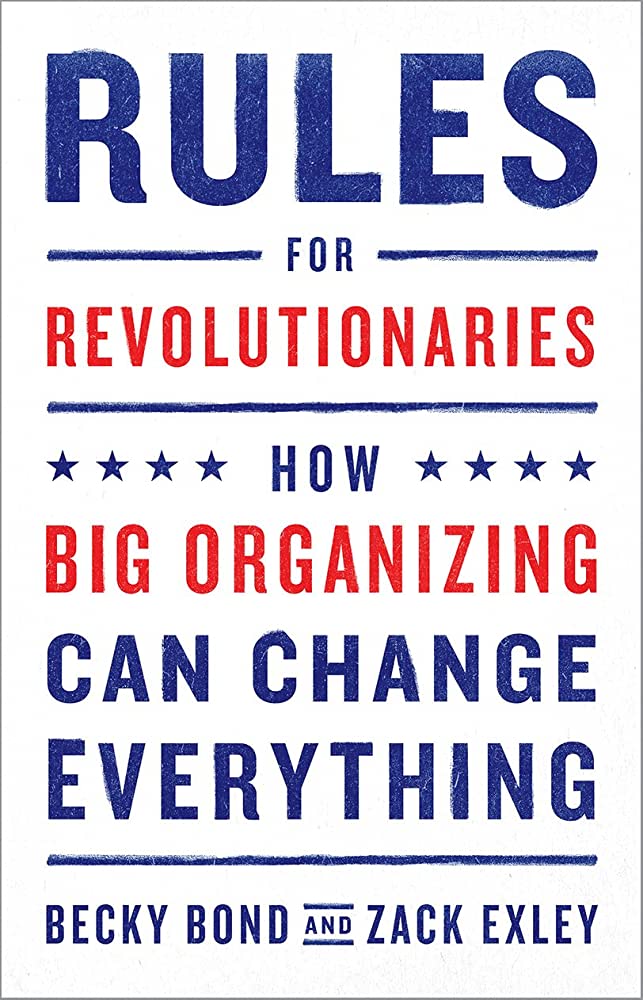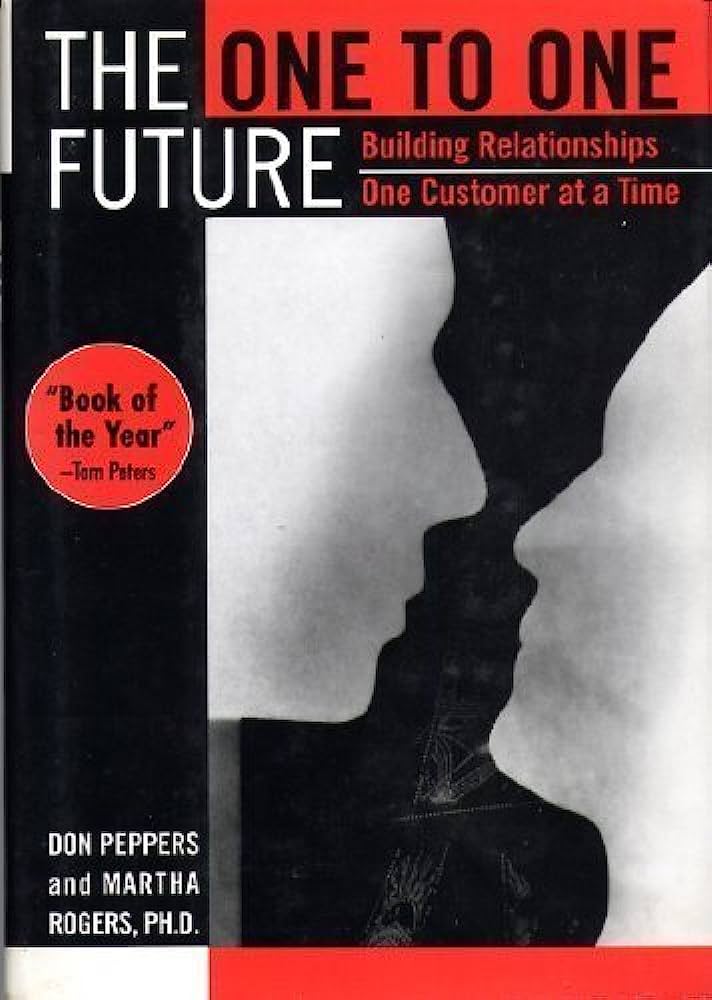See All
Sort by:
An anthology of Harvard Business Review articles. The authors of the 9 articles provide a collection of best practices for making your customers loyal, translating this into profitability.
A comprehensive manual on the changes occurring in the banking world, with a focus on the three main disruptive forces which are dramatically changing the financial services industry.
Northern Irish poet and author Michael Foley investigates the foundations of fun and what it has meant throughout the ages. Underneath the veneer of light-hearted and witty text lies a conceptual template for creating fun and memorable experiences.
This book is about customer service and creating an environment of “amazement” in your organization, defined as indoctrinating your team into “service that is consistently and predictably better than average.”
Dennis Lee Yohn explores how brand and company culture need to work hand-in-hand in order for companies to reach their full potential. Yohn is a consultant, business speaker, and author.
To Steve Yastrow, author of We: The Ideal Customer Relationship, the close, personalized relationship between business and individual, usually reserved for VIPs, is something that should occur with every encounter.
Rather than “wowing” the customer, Dixon and his colleagues at CEB suggest that businesses simply deliver on the products and services they provide, but in such a manner that it is effortless for the customer.
In Customer Experience Management, the author expands on his previous seminal work (Experience Marketing) to provide a more practical framework for designing and improving on the customer experience.
In How Customers Think, the author begins with the premise that 80 percent of new offerings fail mainly because market research measures fail to adequately identify what customers want, since 95 percent of customer thinking happens in our unconscious.
The best book reviews in your inbox!
Subscribe now and receive a special gift with your subscription.
Hyken argues that if any business wants to have loyal customers, they must start with loyal employees. Hyken introduces 5 ‘Cults’ that must be implemented to make customers into evangelists.
Authors Peter Fader and Sarah Toms provide a guide to their version of the fundamental ideas behind customer centricity, but really focusing on customer lifetime value.
Authors Lewis and Dart provide an analysis of principles that assess how retailers can combat the new retail environment, transformed by digitalization and a power shift in the consumer’s favor.
A collaboration between two authors known for their research on customer centricity, this book focuses on individual customer relationships, targeted sales and marketing, rather than the market at large.




 Copy Link
Copy Link
 E-mail
E-mail
 LinkedIn
LinkedIn
 Facebook
Facebook
 Telegram
Telegram
 WhatsApp
WhatsApp


























 Go Back
Go Back